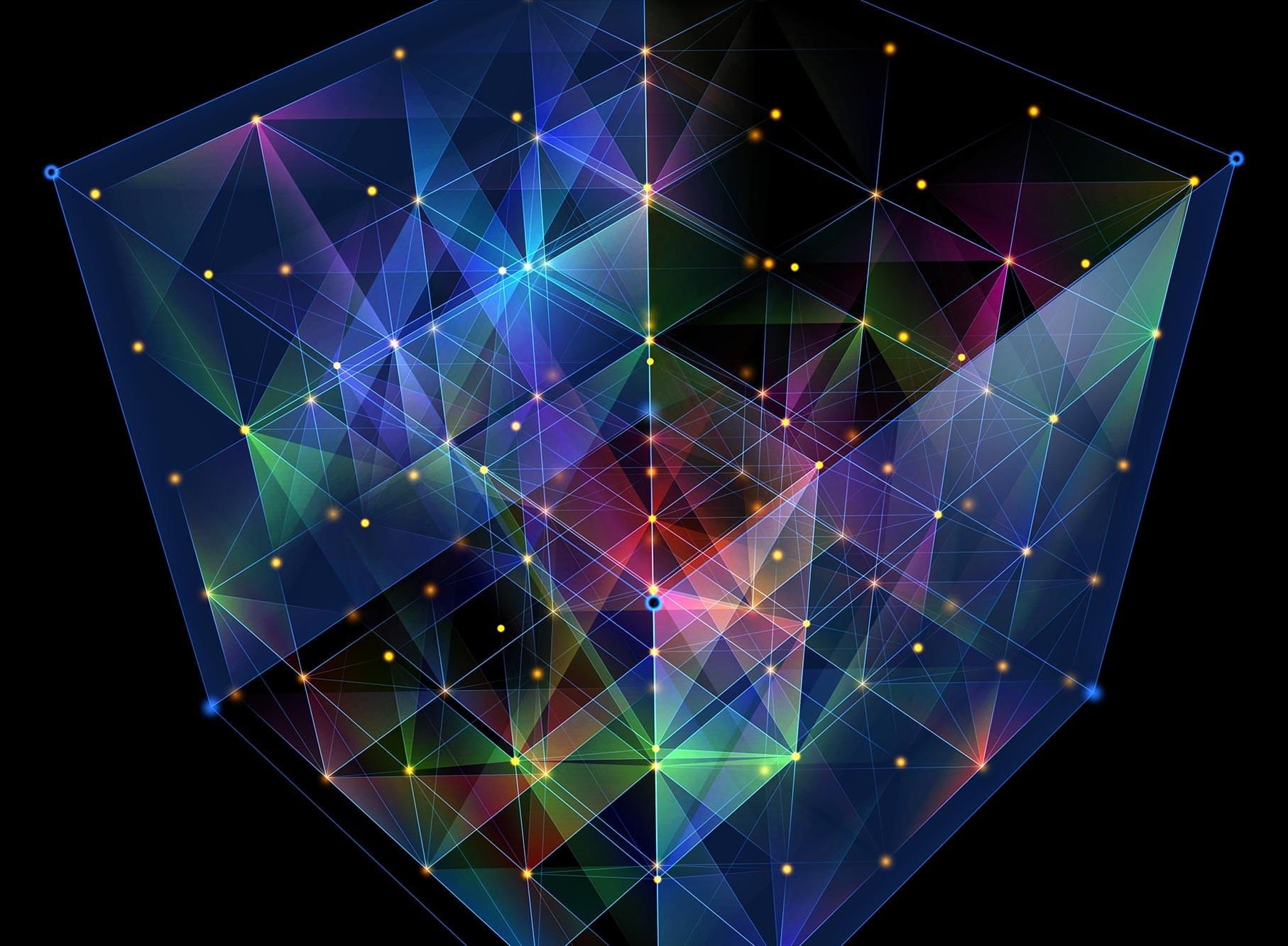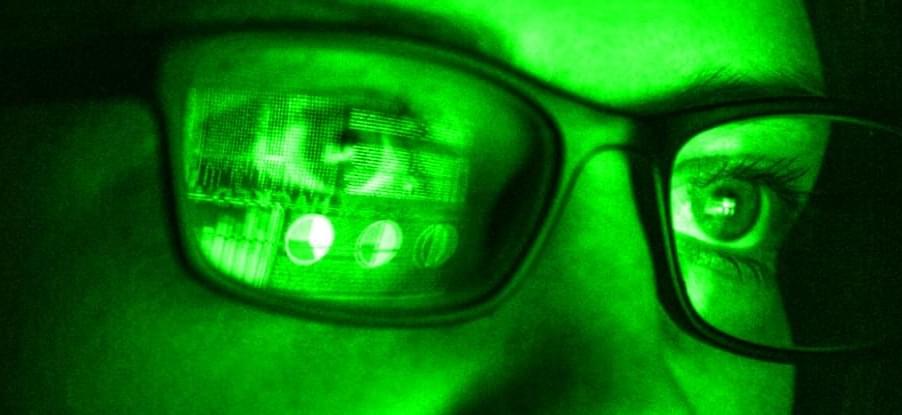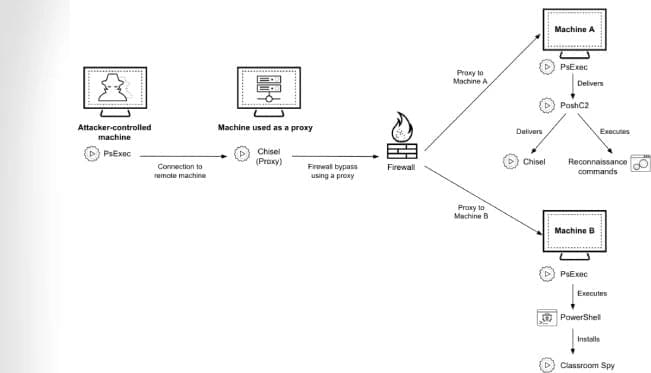The universe now has an open, quantum-powered dice roll—free, provable, and ready for anyone to use.





Since ChatGPT appeared almost three years ago, the impact of artificial intelligence (AI) technologies on learning has been widely debated. Are they handy tools for personalised education, or gateways to academic dishonesty?
Most importantly, there has been concern that using AI will lead to a widespread “dumbing down”, or decline in the ability to think critically. If students use AI tools too early, the argument goes, they may not develop basic skills for critical thinking and problem-solving.
Is that really the case? According to a recent study by scientists from MIT, it appears so. Using ChatGPT to help write essays, the researchers say, can lead to “cognitive debt” and a “likely decrease in learning skills”



Cybersecurity researchers have disclosed a critical vulnerability in the Open VSX Registry (“open-vsx[.]org”) that, if successfully exploited, could have enabled attackers to take control of the entire Visual Studio Code extensions marketplace, posing a severe supply chain risk.
“This vulnerability provides attackers full control over the entire extensions marketplace, and in turn, full control over millions of developer machines,” Koi Security researcher Oren Yomtov said. “By exploiting a CI issue a malicious actor could publish malicious updates to every extension on Open VSX.”
Following responsible disclosure on May 4, 2025, multiple rounds of fixes were proposed by the maintainers, before a final patch was deployed on June 25.


“The list of threats that ClickFix attacks lead to is growing by the day, including infostealers, ransomware, remote access trojans, cryptominers, post-exploitation tools, and even custom malware from nation-state-aligned threat actors,” Jiří Kropáč, Director of Threat Prevention Labs at ESET, said.
ClickFix has become a widely popular and deceptive method that employs bogus error messages or CAPTCHA verification checks to entice victims into copying and pasting a malicious script into either the Windows Run dialog or the Apple macOS Terminal app, and running it.
The Slovak cybersecurity company said the highest volume of ClickFix detections are concentrated around Japan, Peru, Poland, Spain, and Slovakia.
